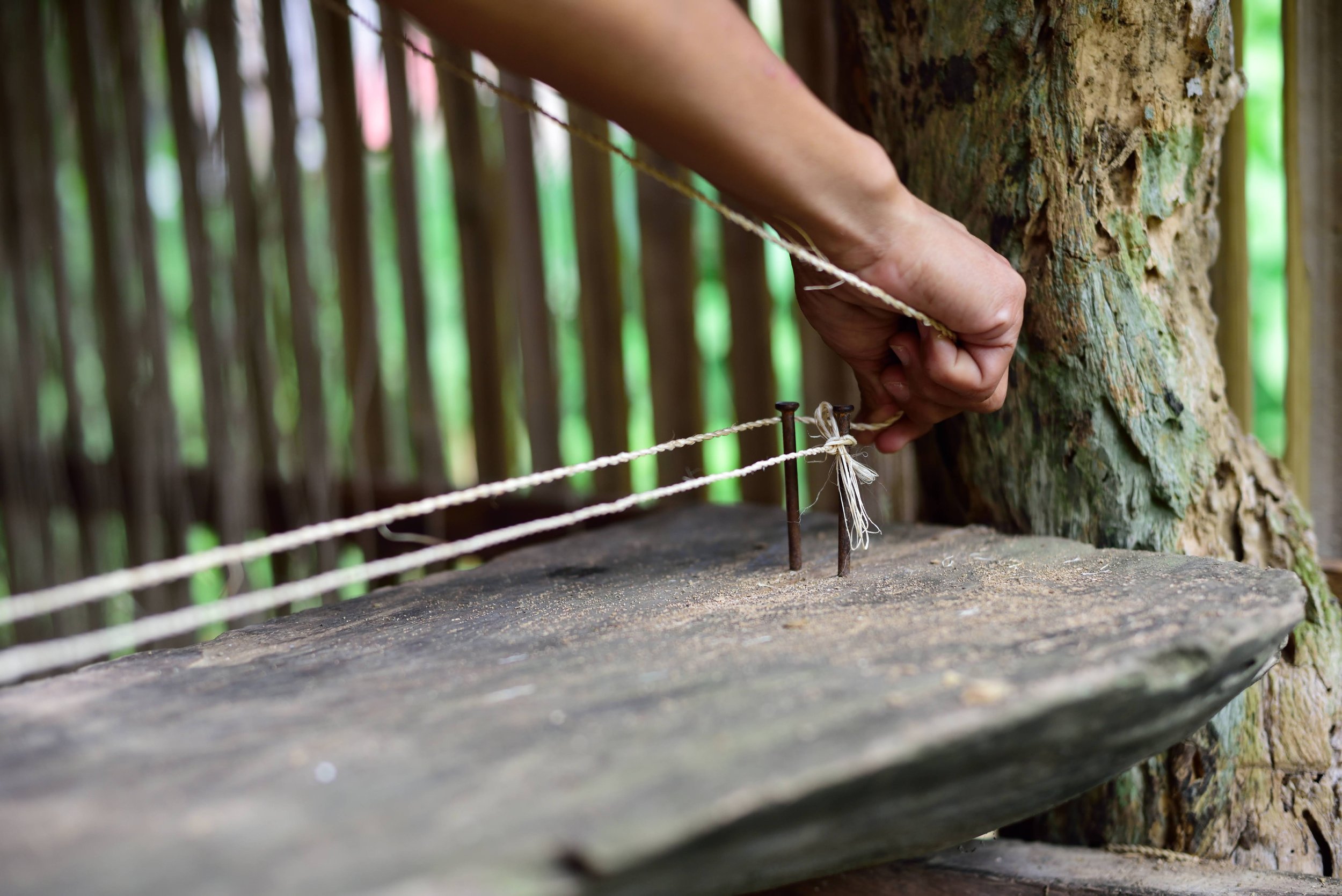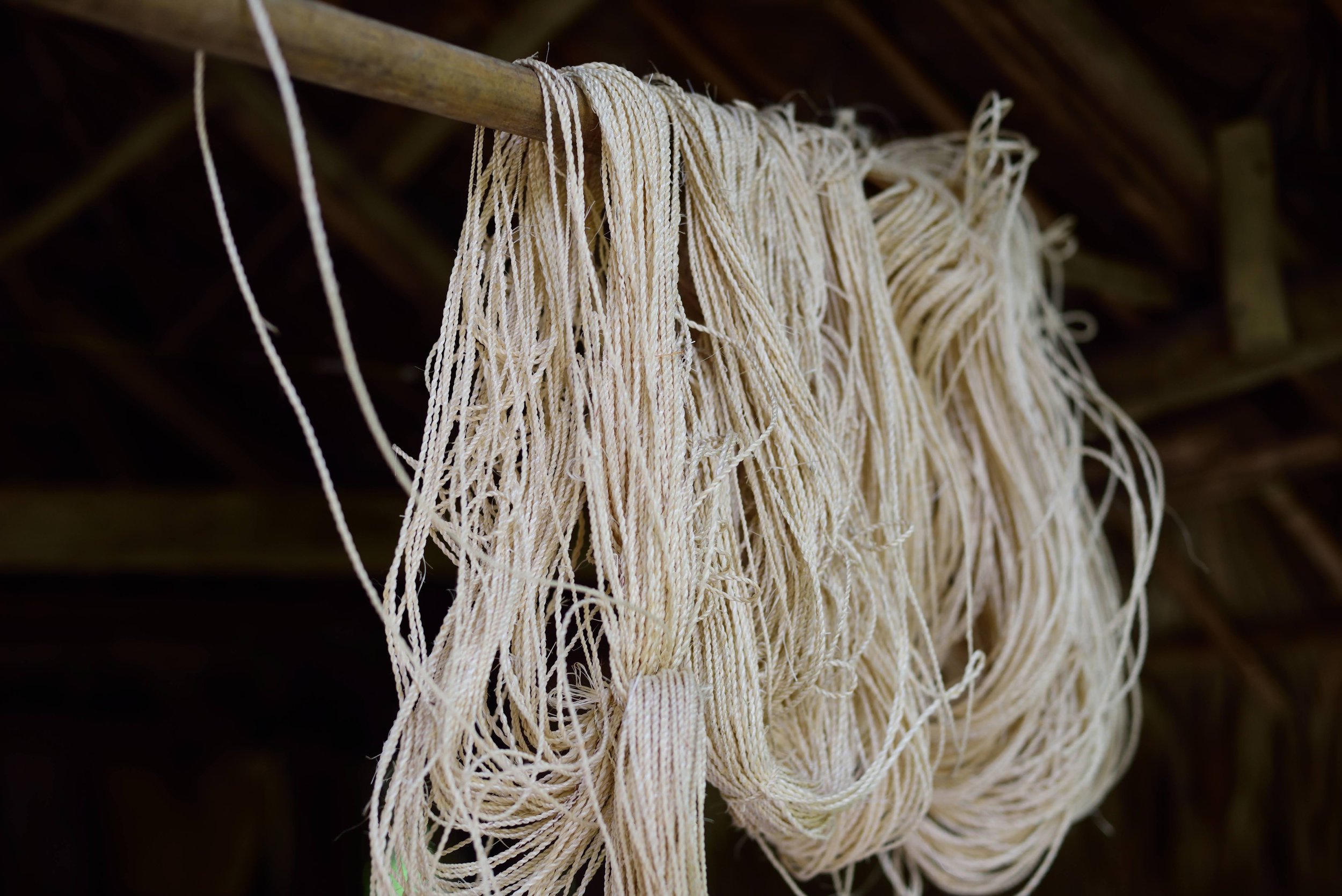Abaca fibers, also known as Manila hemp, are derived from the stalk of the abaca plant (Musa textilis plant). Native to the Philippines, it has been cultivated for centuries due to its remarkable strength and durability.
Let us delve into the remarkable world of abaca fibres — a sustainable marvel that bridges the gap between nature and innovation.
Strength Beyond Compare
Comparable to synthetic fibres like nylon, abaca fibres possess remarkable tensile strength that makes them ideal for applications requiring durability and resilience. From ropes used in shipping and construction to heavy-duty twines and textiles, abaca fibres hold their ground in demanding environments.
A Sustainable Choice
Biodegradability: Unlike synthetic fibres that contribute to the global microplastic problem, abaca fibers are biodegradable. When disposed of, they naturally break down over time, reducing their impact on the environment.
Low Environmental Impact: Abaca cultivation typically requires minimal use of pesticides and fertilizers, thus minimising soil and water contamination.
Carbon Sequestration: Abaca plants possess the unique ability to absorb and store carbon dioxide during their growth, contributing to carbon sequestration and the fight against climate change.
Empowering Communities: Abaca farming often takes place in rural communities, providing livelihoods and economic opportunities to local populations.
Elegant Aesthetics
Abaca fibres possess a unique, natural beauty that adds an organic and textured look to products. This aesthetic appeal aligns well with contemporary design trends and eco-conscious consumer preferences.
Beyond Traditional Applications
The versatility of abaca fibres extends beyond conventional uses. While they have long been utilised in ropes, textiles, and handicrafts, innovators are exploring new horizons for these fibres. Industries such as automotive, construction, and aerospace are embracing abaca fibres for their lightweight yet robust qualities, marking a step forward in sustainable technological advancements.
Paving the Way Forward
In a world that's ever-evolving, abaca fibres stand as a testament to the timeless harmony between nature and progress. From reducing plastic pollution to supporting local communities, its impact goes beyond material strength, touching the very fabric of our planet's well-being.
Not only named as the future fibres, they are a symbol of progress, a nod to the potential that nature holds in addressing our modern challenges. As we continue to explore sustainable alternatives, let's celebrate the remarkable journey of abaca fibres—a journey that intertwines strength, versatility, and conscious choices. Let's pave the way forward, one fibre at a time.



